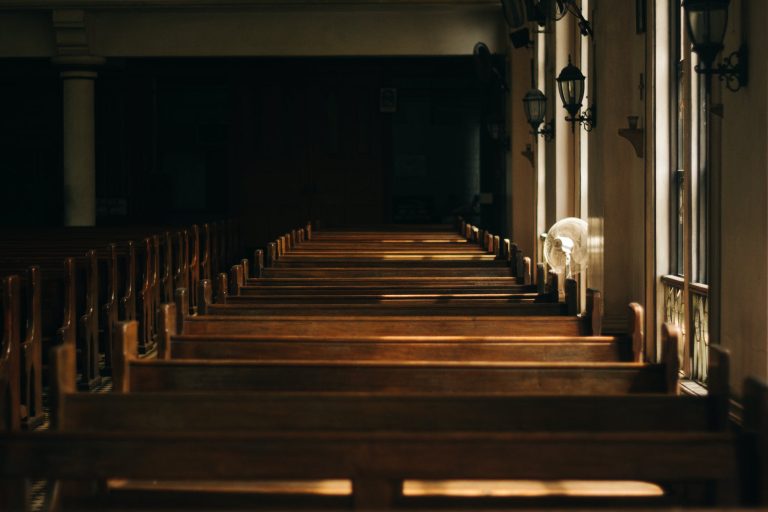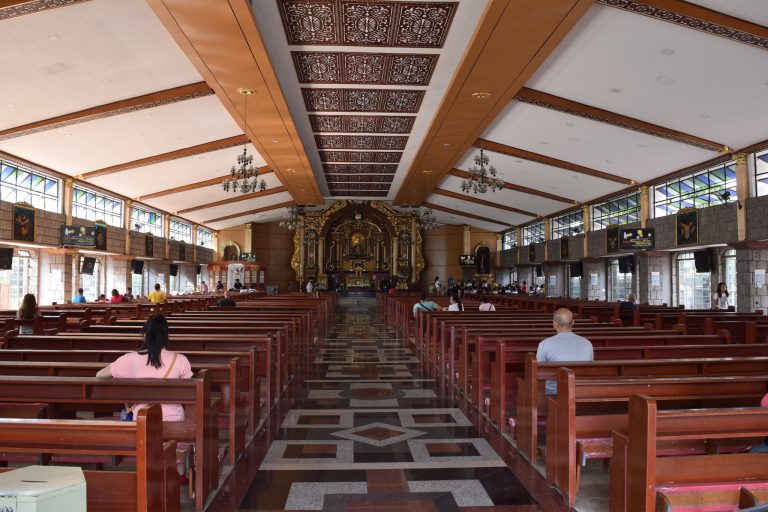Can You Wear Shorts to Church? Is It Rude?
The question of whether shorts are appropriate attire for church services and events is one that most churches grapple with. There are good arguments on both sides of this issue, with some churches maintaining formal dress codes while others opt for more relaxed and accessible clothing guidelines. Ultimately, norms around shorts tend to reflect a church’s theology, culture, and priorities around hospitality.
Why Some Churches Prohibit Shorts
Many traditional and conservative churches frown upon wearing shorts to services and church functions. There are a few common reasons behind formal dress codes:
Maintaining a Reverent Atmosphere
Some churches view formal attire as important for creating an atmosphere of solemnity and reverence. The idea is that dressing up shows respect for God and helps parishioners focus spiritually. Shorts may be seen as too casual for formal worship.
Tradition & Cultural Norms
In many church cultures, formal dress is the established norm for religious services. Prohibiting casual attire like shorts is a way to uphold a sense of tradition and continuity with the past. It also aligns with general cultural standards around formality.
Projecting Piety and Virtue
Conservative religious cultures often place a strong emphasis on demonstrating one’s piety and virtue through visible lifestyle choices like dress. Avoiding provocative modern styles like short shorts can convey moral uprightness. The underlying belief is that inner holiness will manifest outwardly.
Why Other Churches Allow Shorts
While the above reasons explain many churches’ formal dress expectations, there are also compelling arguments on the other side. Here are some reasons why various churches openly allow wearing shorts:
Prioritizing Hospitality & Inclusion
One of the most important calls of the church is to create welcoming spaces for visitors and new attendees. Rigid dress codes can inadvertently exclude or turn people away, especially younger generations or those with fewer resources. Allowing casual attire like shorts displays hospitality.
Focusing on Hearts Rather Than Outward Appearances
Some theologically liberal churches put less emphasis on projecting piety through dress. They take the view that what truly matters is the inward condition of a person’s heart and spirit. If shorts allow someone to feel more comfortable attending church, then so be it.
Adapting to Social & Cultural Changes
Societal norms around clothing continue to evolve in many parts of the modern world in less formal directions. Younger church demographics, in particular, often view formal dress codes as outdated or irrelevant. Allowing shorts is viewed as a way for the church to adapt its cultural standards and stay accessible to new generations.
Accommodating Warm Climates
In regions with hotter weather, shorts make practical sense as more breathable attire for outdoor church events and services. Since air conditioning is not ubiquitous in all parts of the world, permitting shorts is often about reasonably accommodating climate conditions.

Key Considerations Around Church Shorts Policies
So amidst these differing perspectives, what should church leaders take into account when shaping shorts policies? Here are some key considerations:
Denominational Guidance
Most Christian denominations provide at least some guidelines around appropriate attire for churches under their authority and polity. Local church leaders should look to their denominational standards and aim for coherence. Such higher-level governance will frequently inform the allowances or prohibitions surrounding shorts.
Cultural Context of the Congregation
There is no universal standard across all churches and cultures when it comes to shorts. Norms in a coastal Californian church will likely differ dramatically from those in a Lithuanian Orthodox parish, for example. Local cultural and social mores should factor heavily into a church’s shorts policy.
Intention & Spirit Behind the Policy
Well-meaning policies can have unintended exclusions or accessibility issues. Church leaders need to carefully reflect on whether shorts prohibitions are upholding positive values like respect and focus during worship or merely enforcing legalistic control. Intention matters.
Consistency & Fairness of Enforcement
Once a shorts policy is in place, it must be applied consistently to avoid accusations of unfairness or favoritism. Making one-off exceptions for some can build resentment in others who are expected to follow the rules. Clear communication and equitable enforcement are key to successful policy implementation.
Best Practices Around Church Shorts Policies
Given these complex considerations, what represent “best practices” when it comes to shorts and church dress codes? Here are some wise guidelines for church leaders to consider:
Clearly Articulate Rationale & Expectations
Have the reasoning and theological basis behind any shorts prohibition clearly written and communicated to the church community. Ambiguity breeds confusion and accusations of arbitrary policy.
Accommodate Medical & Practical Needs
Make reasonable accommodations in shorts policies for those with medical conditions, disabilities, economic limitations, or other legitimate practical barriers to formal attire.
Implement Gradual Transitions
If aiming to shift long-established dress code norms in a church community, incremental steps tend to work better than abrupt changes. Slowly adapt additional allowances over time rather than shocking the system all at once.
Decentralize Enforcement
Rather than vest shorts policy enforcement in “clothing police,” trust the collective wisdom of the congregation to responsibly adapt to cultural shifts. Most will conform to clearly communicated guidelines through decentralized peer accountability.
Revisit & Reassess Annually
Make formal attire codes an annual discussion to reassess whether existing policies still align with the church’s vision and needs. Adapt wisely as the cultural and theological landscape evolves around issues like shorts.
Conclusion: Shorts at Church Can Be Contextual and Complex
There are good-faith arguments on multiple sides about whether shorts belong at church. Policies tend to stem from denominational norms, cultural standards, practical needs, and theological beliefs around attire. Church leaders have many factors to synthesize in shaping dress codes.
Yet the strongest church communities find ways to debate issues like shorts with grace, nuance, and goodwill towards those with differing views. The etiquette of shorts ultimately pales in importance compared to the cultivation of virtue, hospitality, and earnest worship. Churches would do well to keep polity disputes in perspective, whether the outcome permits shorts or not.







